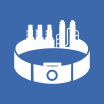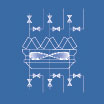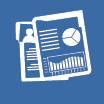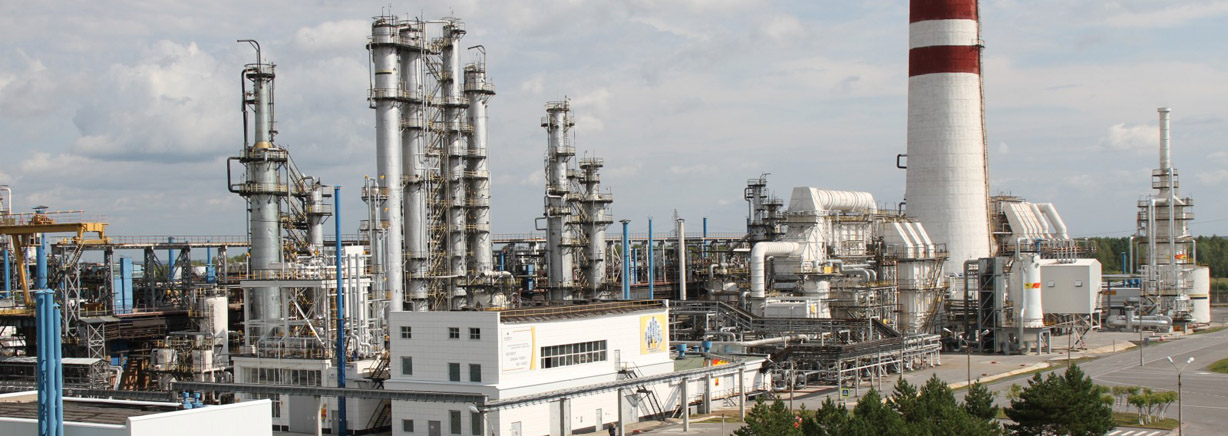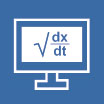Emulator of the distributed control system (DCS)
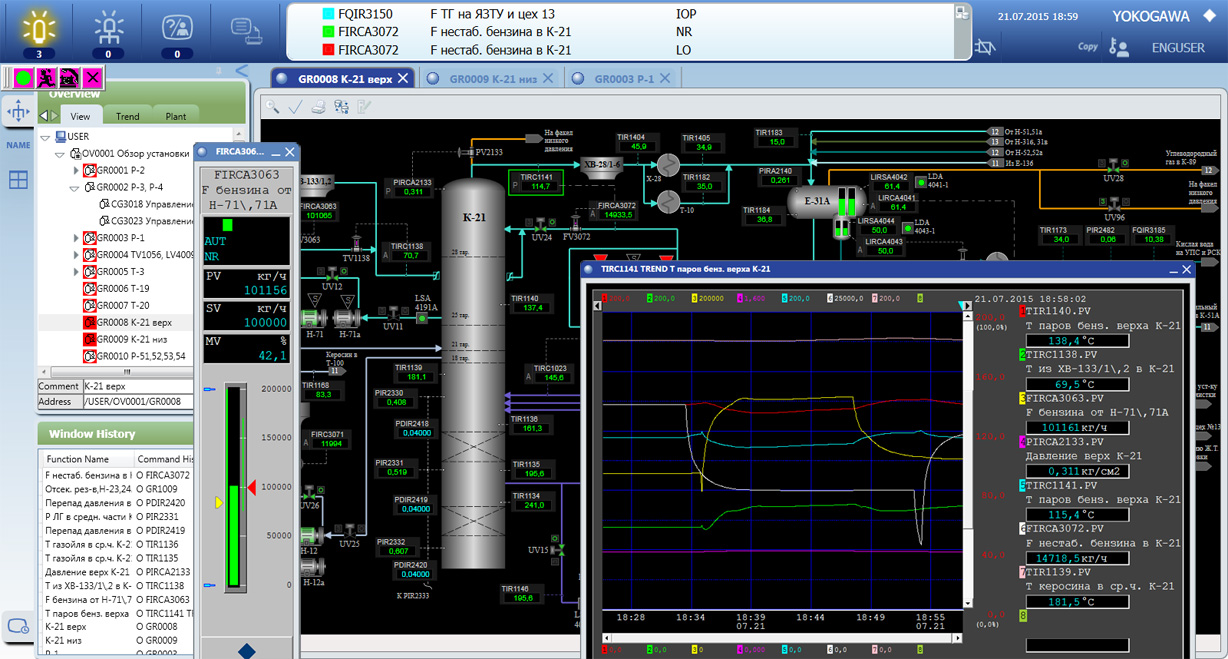
The complete similarity of the graphic forms and logic of the interface enables the trainees to control the technological unit on the simulator just as they are used to doing thus avoiding the acquisition of false skills in the training process.
Control of regulators, motor operated valves, cut-offs, as well as trend viewing, signal acknowledgement and all other functions implemented in the distributed control system are available in the DCS simulator.
Each action of made by the trainees on the DCS simulator is registered in a log accessible for reading and analysis by the instructor of the training complex.
Ways of forming the DCS operator interface in the computer-integrated simulator
The T-Soft training platform supports the following ways of forming the interface of the DCS operator in the simulator:
- converting data from a real control system;
- the link with the real control system software on the OPC protocol;
- formation with the help of SCADA T-Soft.
The main way of forming the interface of the DCS operator is to convert data from a real control system. This method is exclusive and has a number of advantages:
- high simulation accuracy of the functions and the interface of a real control system;
- economy (no purchase of licenses for DCS software is required);
- minimal development time;
- quick update in case of making changes to the configuration of the DCS (one just needs to copy data from the DCS).
There are a number of converters designed for the main types of DCS (Yokogawa Centum CS 3000, Emerson Delta V, Honeywell Experion, Bailey INFI-90, etc.) The interface obtained by converting is identical to the real one not only by external signs, but also by internal settings. All graphic objects and configuration parameters of the DCS, when using this method, are transferred onto the simulator by converting the data from the real system, which is a guarantee of the exact matching of the DCS emulator to the real system, which also solves the problem of updating the simulator in case of changing the DCS parameters on the facility.
The operator’s special-purpose keyboards
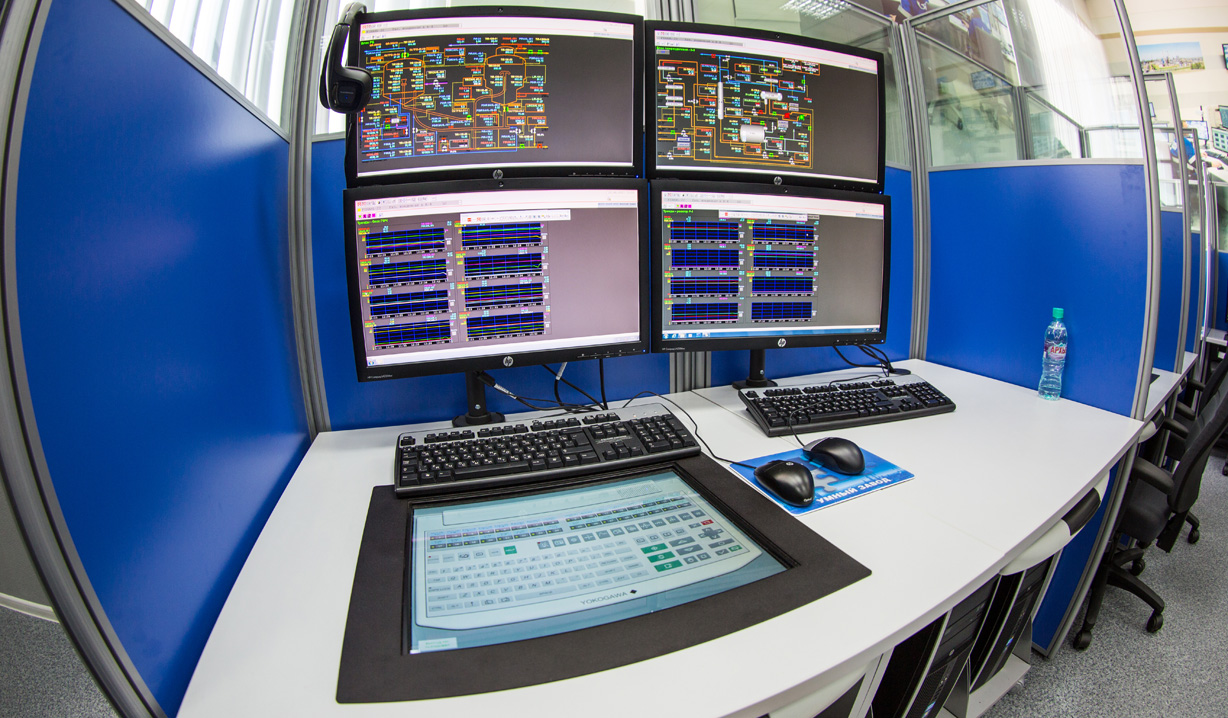
When using specialized operator keyboards on the facility, the simulator provides the possibility of their software simulation using a touchscreen or a conventional one, as well as hardware support for the keyboard manufacturer of the distributed system.
نمونه کارها
Complex simulators
Automated training system
Advanced process control systems
Computer-integrated simulator complexes
Automated teaching system
Complex simulator
Automated training system
مواد مفید
ویدئو


